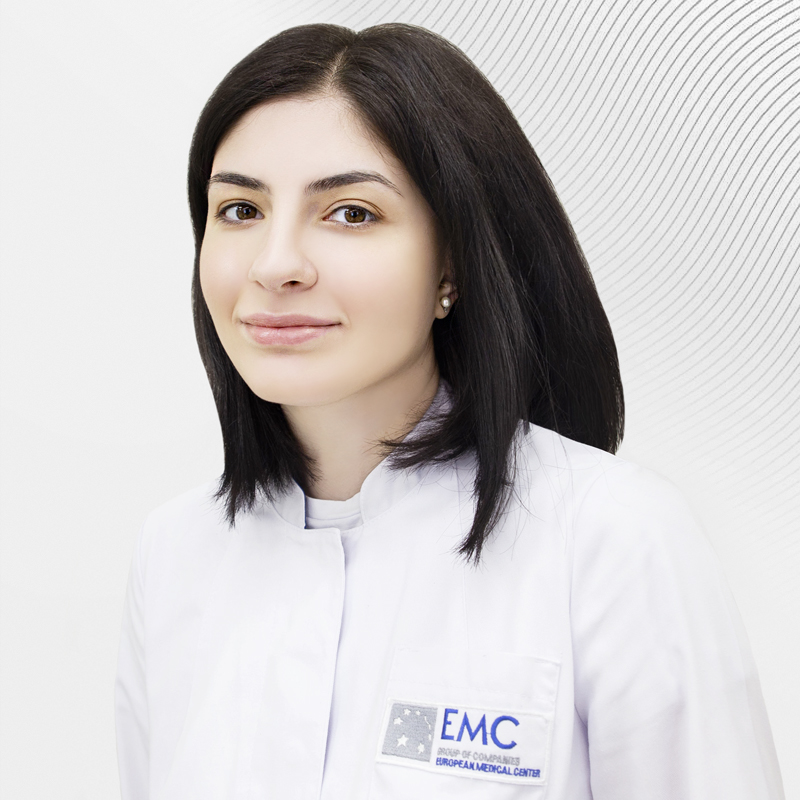PIXIES
PIXIE is a special method of sperm selection for the male factor of infertility. It is used as an adjunct to ICSI and is based on the physiological mechanisms of fertilization. The PIXIE method is designed to increase the probability of successful fertilization and consists in selecting the most healthy and high-quality spermatozoa.
How does it work?
During natural fertilization, spermatozoa bind to cumulus cells (these are auxiliary cells surrounding the egg inside the follicle) using special receptors sensitive to hyaluronate (hyaluronic acid). They split the top layer, “make their way” to the oocytes and fertilize them. It is the network of hyaluronate fibers that, in turn, connect cumulus molecules. The presence of hyaluronate receptors in spermatozoa indicates their maturity, and, consequently, their suitability for fertilization. It is this property that is used to filter spermatozoa within the framework of PIXIE technology.
A suspension of spermatozoa is placed in a cup that contains hyaluronate. Embryologists monitor which spermatozoa bind to hyaluronic acid and which do not. Due to the presence of receptors, the highest quality mature spermatozoa begin to attach to the bowl. Thus, an embryologist can identify the highest quality material for subsequent fertilization using ICSI based on three criteria - morphology, motility, and the presence of hyaluronate receptors.
Indications for the PIXIE method
It is recommended to pay attention to IVF with PIXIE for patients who, according to the results of the HBA test, have an abnormally low percentage of spermatozoa binding to hyaluronic acid. Normally, this indicator should be 80%. If this number is below 65% of motile spermatozoa, this can be considered a direct indication of PIXIE. In this group of patients, the use of PIXIES has been proven to reduce the risk of miscarriage (Worillow et al., 2013).
Indirect indications include a high degree of fragmentation of the patient's DNA; unsuccessful IVF attempts, during which spontaneous fading of pregnancy occurred and in the case of severe teratozoospermia.
At the EMC Clinic for Reproduction and Prenatal Medicine in Moscow, you can undergo IVF with PIXIE. If necessary, our reproductologists will select additional auxiliary techniques for you.
Get help
Specify your contacts and we will contact you to clarify the details.
Doctors
.jpg)
Keburija Lela
Ph.D. of Medical Sciences
-
.jpg)
Mskhalaya Maria
Ph.D. of Medical Sciences
-
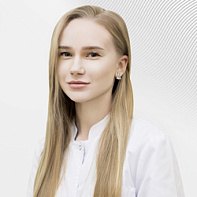
Trofimova Angelina
-
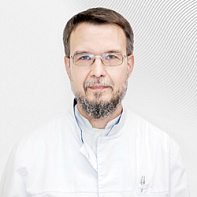
Isaev Dmitry
Ph.D. of Biological Sciences
-
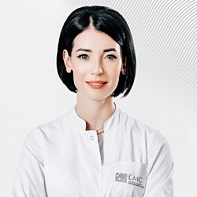
Desyatkova Nina
-
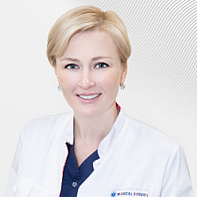
Belousova Nadezhda
-
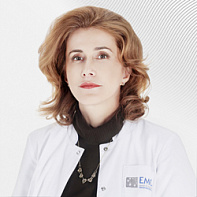
Madan Korneliya
-
.jpg)
Yutkin Evgeny
Head of the Embryology Department of the Reproductive and Antenatal Medicine Clinic at the EMC, Ph.D. of Biological Sciences
-
.jpg)
Volodyaev Ilya
Ph.D. of Biological Sciences
-
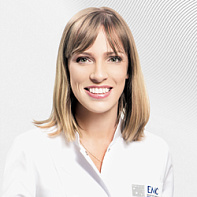
Voznesenskaya-Tverdaya Juliya
Head of Clinic of reproductive and prenatal medicine at EMC
-
Keburija Lela
Ph.D. of Medical Sciences
- Conducts the reception of patients with infertility, miscarriage, conducts all stages of ART programs
- Performs diagnostics and treatment of a full range of gynecological pathology (management of patients with endometriosis, uterine fibroids, polycystic ovarian syndrome, menstrual disorders)
- She graduated from the Russian National Research Medical University named after N.I. Pirogov with a degree in Medical Science and a residency in Obstetrics and Gynecology
Total experience
9 years
Experience in EMC
since 2023
